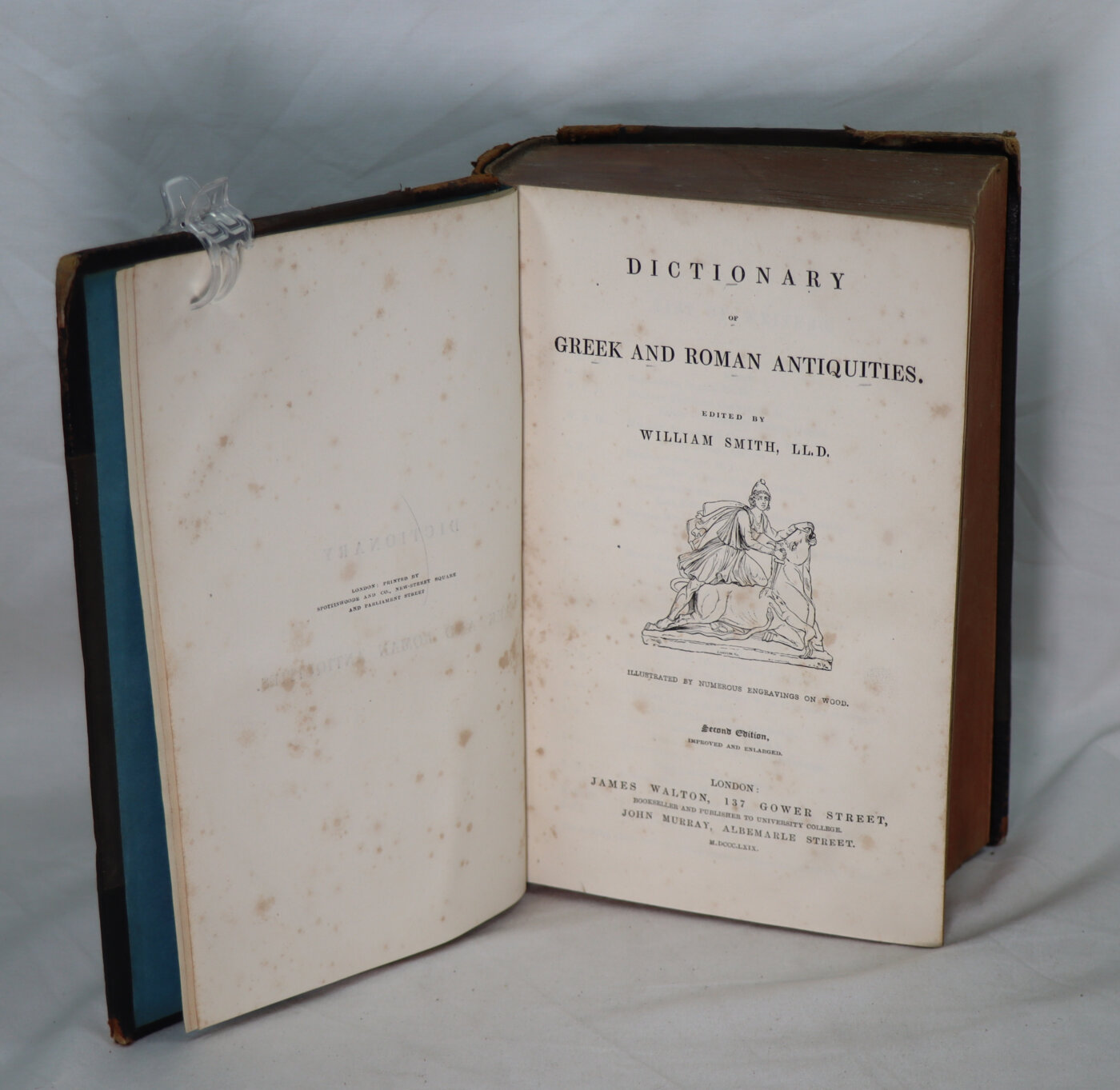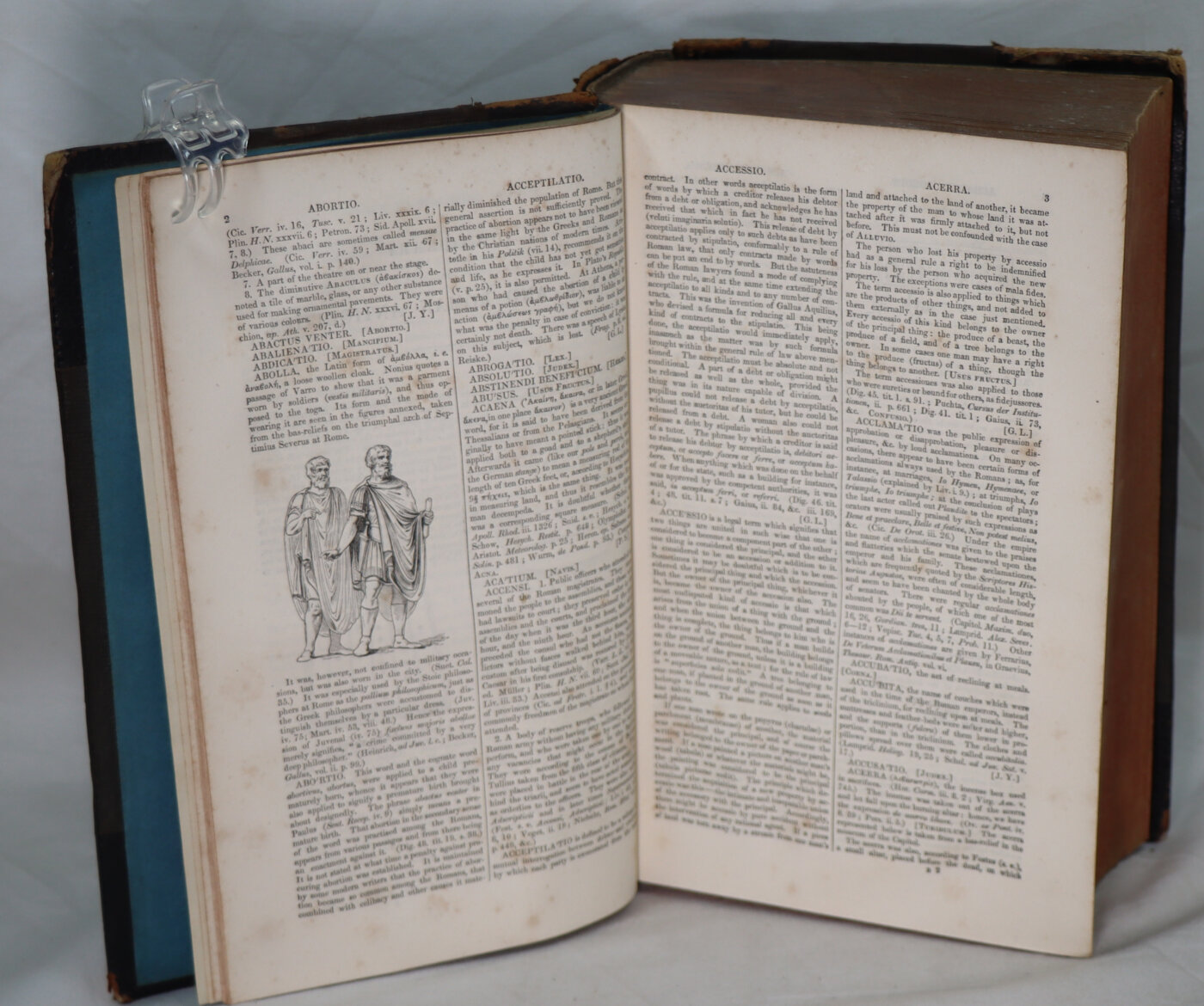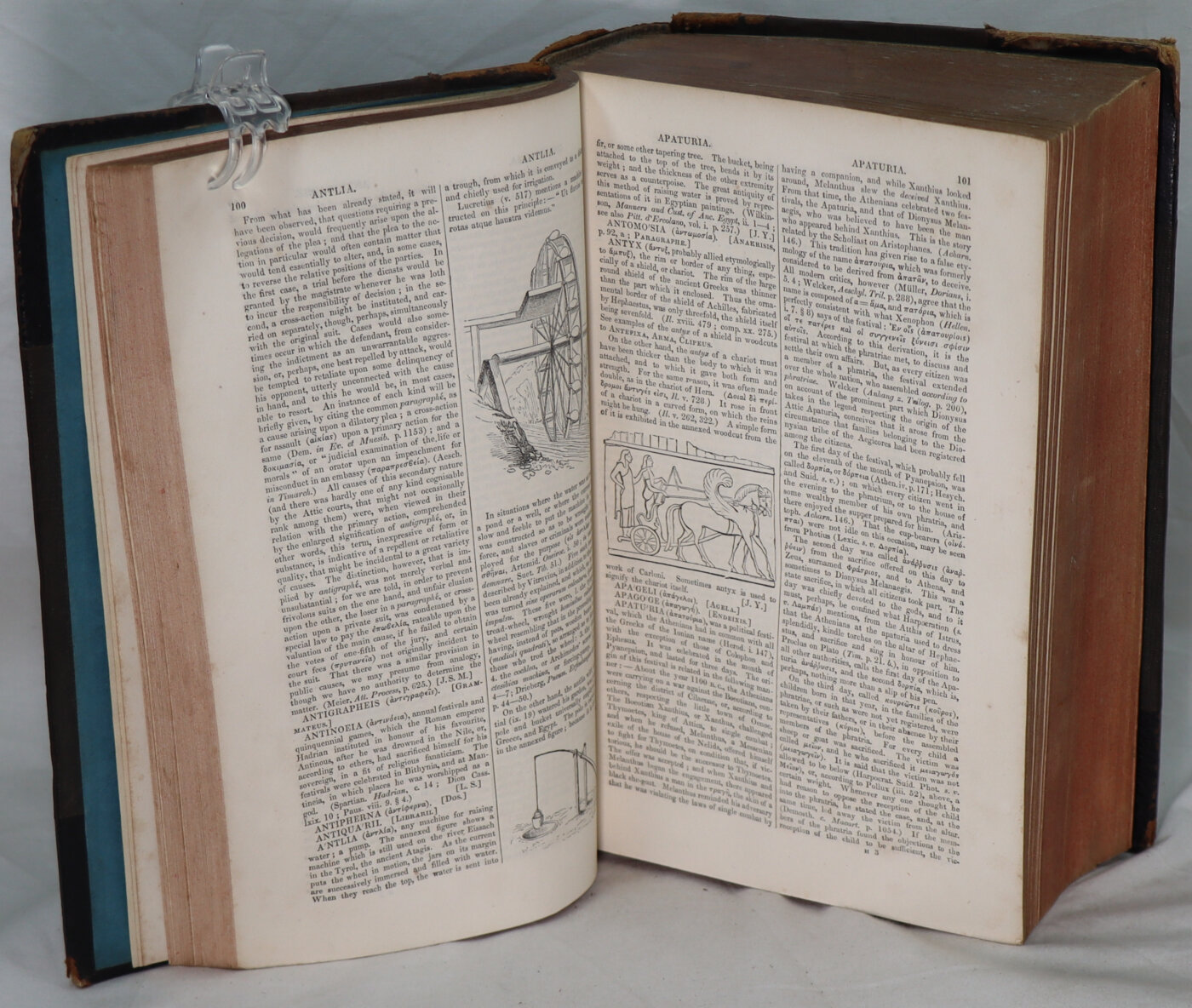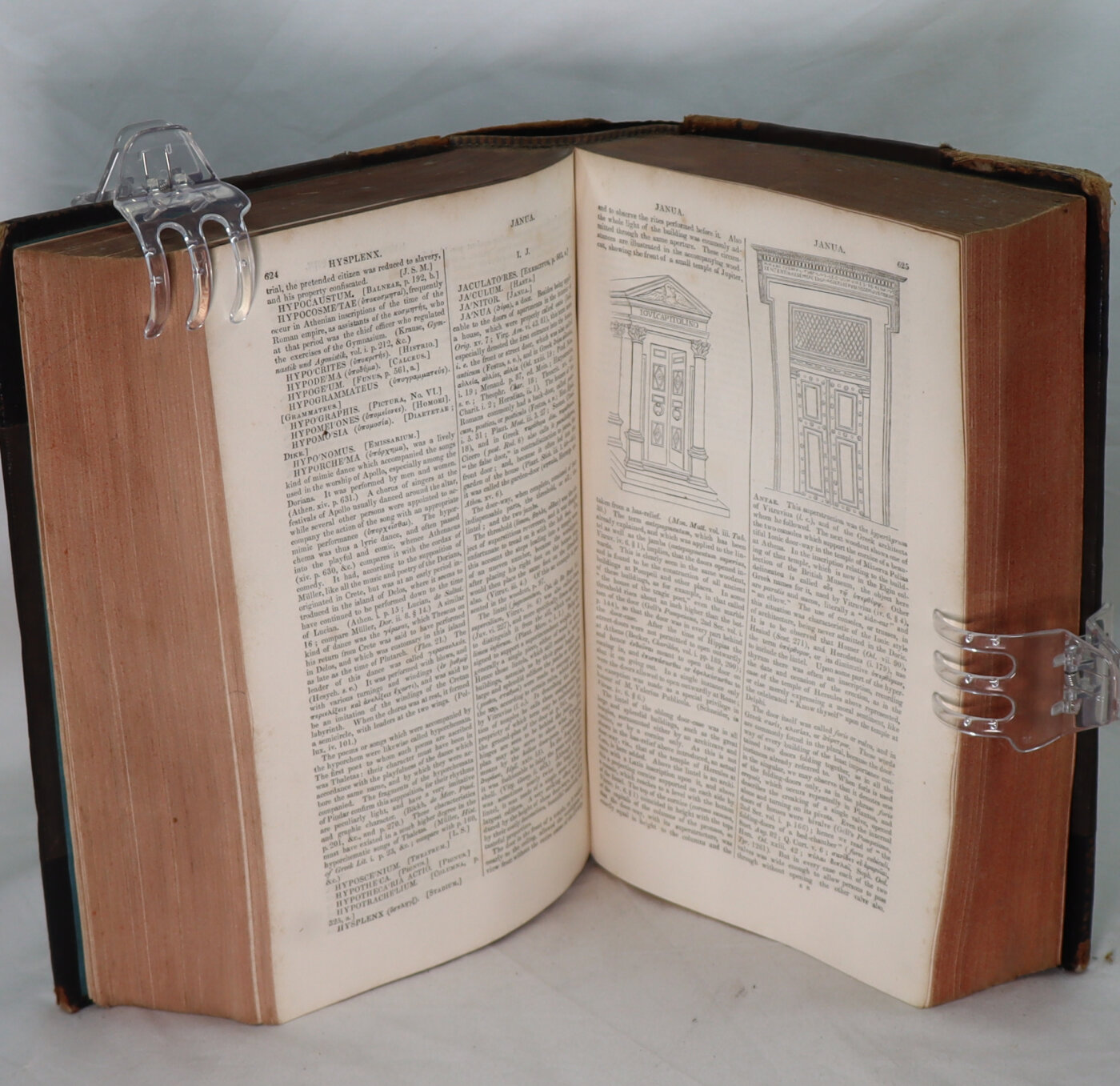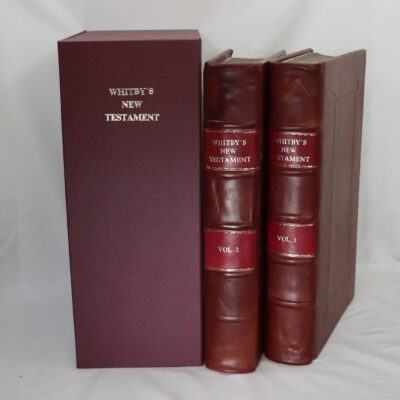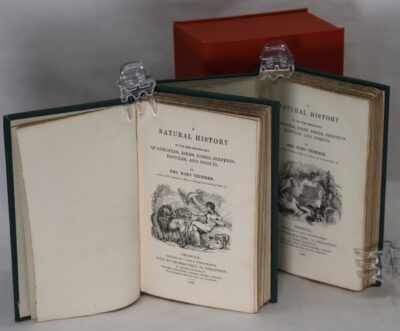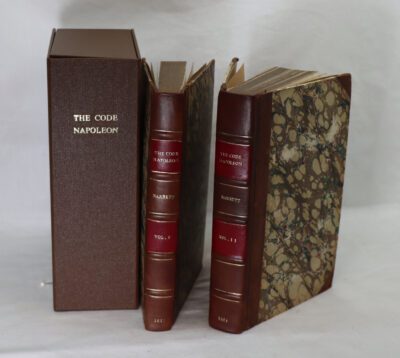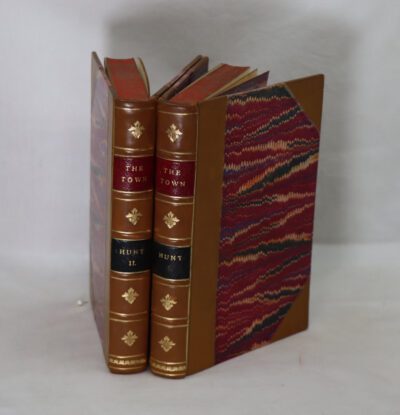Dictionary of Greek & Roman Antiquities.
By William Smith
Printed: 1869
Publisher: James Walton. London
Edition: Second edition
| Dimensions | 17 × 24 × 8 cm |
|---|---|
| Language |
Language: English
Size (cminches): 17 x 24 x 8
Condition: Very good (See explanation of ratings)
Your items
Item information
Description
Black leather spin with red title plate, gilt banding and title. black cloth boards.
F.B.A. provides an in-depth photographic presentation of this item to stimulate your feeling and touch. More traditional book descriptions are immediately available
Note: This book carries the £5.00 discount to those that subscribe to the F.B.A. mailing list.
Second edition, “improved and enlarged,” woodcut illustrations throughout, text in double column; full contemporary calf stamped and ruled in gilt. Indexed by subject in both English and Greek. A very nice bright, tight copy.
Sir William Smith (20 May 1813 – 7 October 1893)
was an English lexicographer. He became known for his advances in the teaching of Greek and Latin in schools. Smith was born in Enfield in 1813 to Nonconformist parents. He attended the Madras House school of John Allen in Hackney. Originally destined for a theological career, he instead became articled to a solicitor. Meanwhile, he taught himself classics in his spare time, and when he entered University College London carried off both the Greek and Latin prizes. He entered at Gray’s Inn in 1830, but gave up his legal studies for a post at University College School and began to write on classical subjects.
Smith next turned his attention to lexicography. His first attempt was A Dictionary of Greek and Roman Antiquities, which appeared in 1842, the greater part being written by him. Then followed the Dictionary of Greek and Roman Biography and Mythology in 1849. A parallel Dictionary of Greek and Roman Geography appeared in 1857, with some leading scholars of the day associated with the task.
In 1867, Smith became editor of the Quarterly Review, a post he held until his death.
Condition notes
Want to know more about this item?
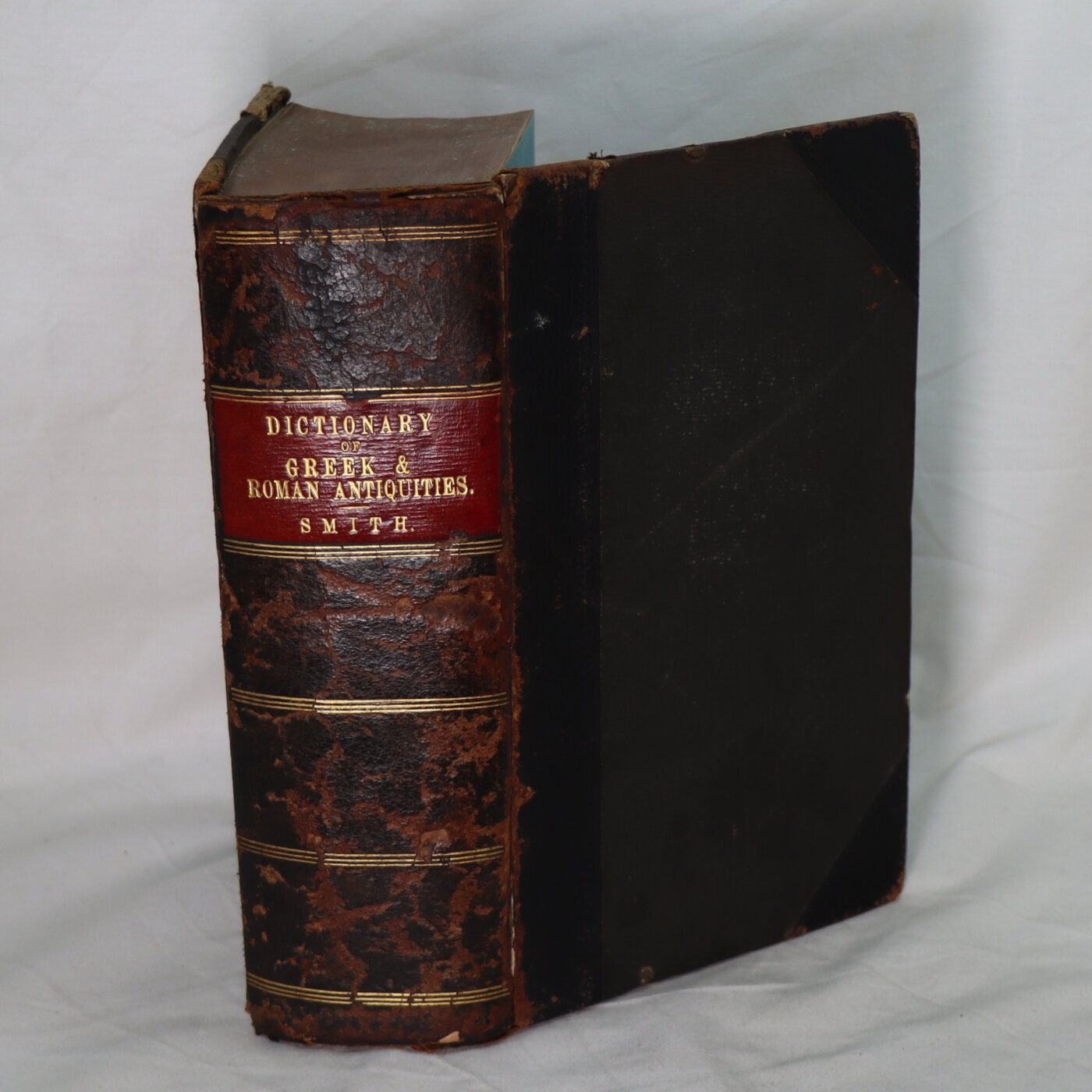
Share this Page with a friend

